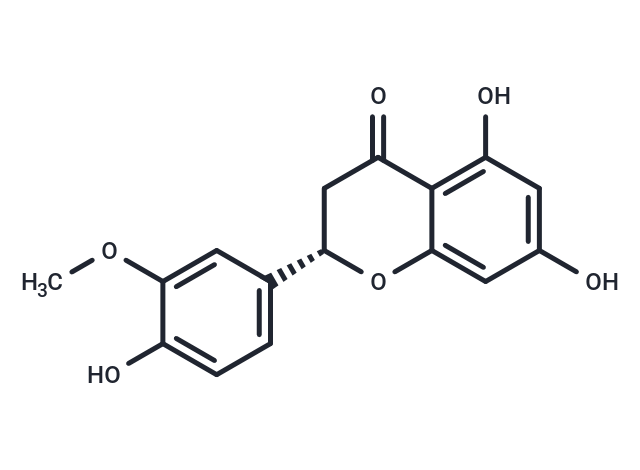Shopping Cart
Remove All Your shopping cart is currently empty
Your shopping cart is currently empty
Homoeriodictyol, a naturally occurring, bitter-masking flavanone, as a promising agent to increase appetite and food intake. The flavanone homoeriodictyol can increase SGLT-1-mediated glucose uptake but decrease serotonin release in differentiated Caco-2 cells.

| Pack Size | Price | USA Warehouse | Global Warehouse | Quantity |
|---|---|---|---|---|
| 1 mg | $129 | In Stock | In Stock | |
| 5 mg | $278 | In Stock | In Stock | |
| 10 mg | $455 | In Stock | In Stock | |
| 25 mg | $733 | - | In Stock |
| Description | Homoeriodictyol, a naturally occurring, bitter-masking flavanone, as a promising agent to increase appetite and food intake. The flavanone homoeriodictyol can increase SGLT-1-mediated glucose uptake but decrease serotonin release in differentiated Caco-2 cells. |
| In vitro | In contrast to other polyphenols, the flavanon Homoeriodictyol promotes glucose uptake by 29.0 ± 3.83% at a concentration of 100 μM. The glucose uptake stimulating effect was sensitive to phloridzin, but not to phloretin, indicating an involvement of the sodium-coupled glucose transporter SGLT-1, but not of sodium-independent glucose transporters (GLUT). In addition, in contrast to the increased extracellular serotonin levels by stimulation with 500 mM D-(+)-glucose, treatment with 100 μM Homoeriodictyol decreased serotonin release by -48.8 ± 7.57% in Caco-2 cells via a phloridzin-sensitive signaling pathway. Extracellular serotonin levels were also reduced by -57.1 ± 5.43% after application of 0.01 μM Homoeriodictyol to human neural SH-SY5Y cells. |
| Molecular Weight | 302.28 |
| Formula | C16H14O6 |
| Cas No. | 446-71-9 |
| Smiles | COc1cc(ccc1O)[C@@H]1CC(=O)c2c(O)cc(O)cc2O1 |
| Relative Density. | 1.458 g/cm3 (Predicted) |
| Color | White |
| Appearance | Solid |
| Storage | store at low temperature,store under nitrogen,keep away from direct sunlight | Powder: -20°C for 3 years | In solvent: -80°C for 1 year | Shipping with blue ice/Shipping at ambient temperature. |
| Size | Quantity | Unit Price | Amount | Operation |
|---|

Copyright © 2015-2026 TargetMol Chemicals Inc. All Rights Reserved.